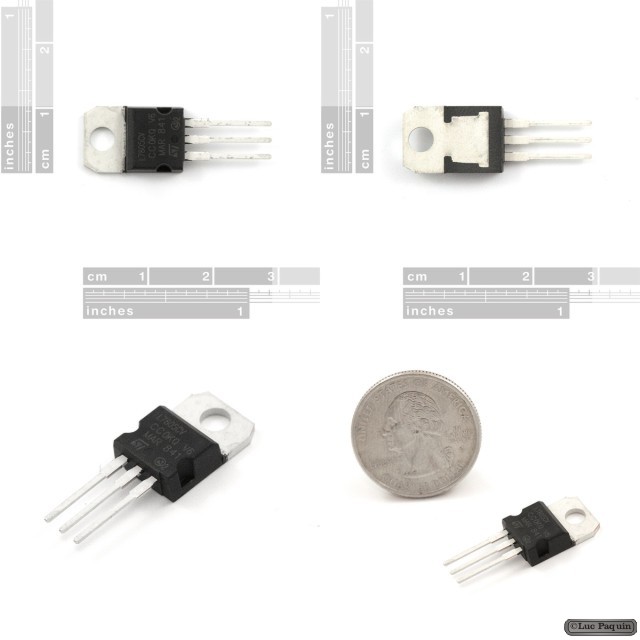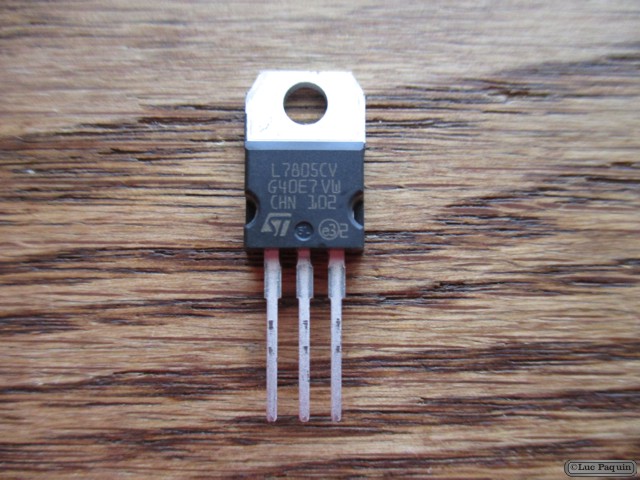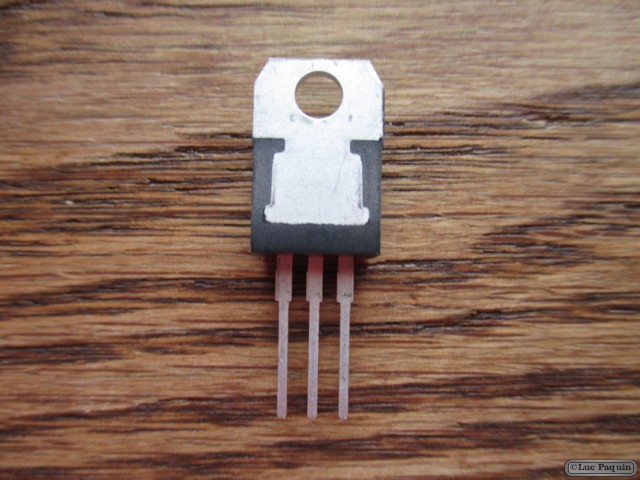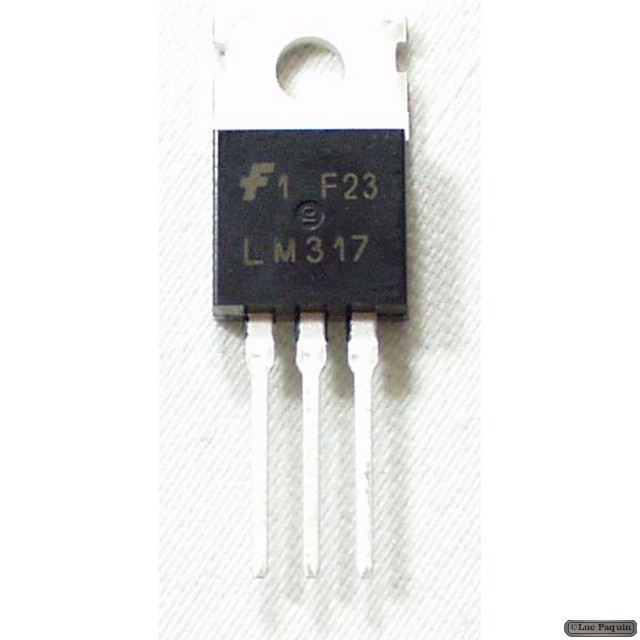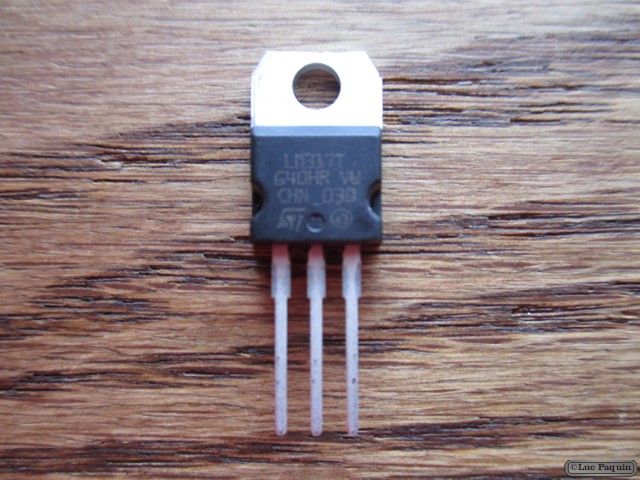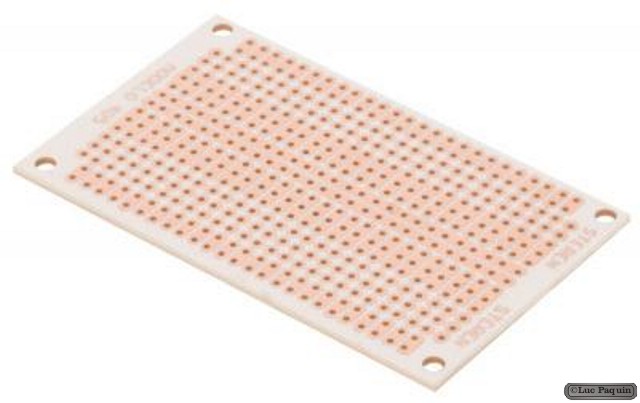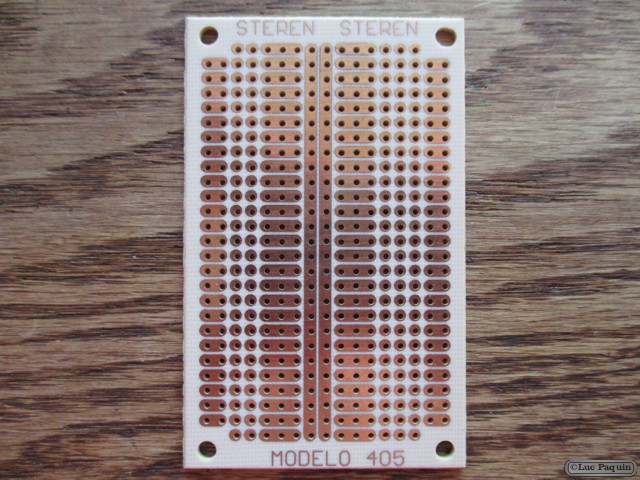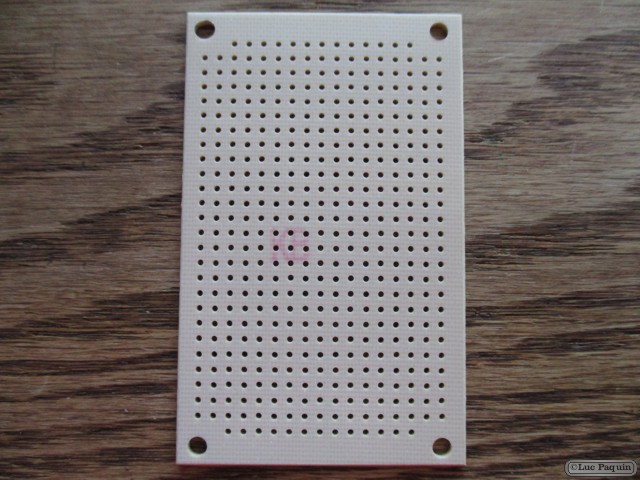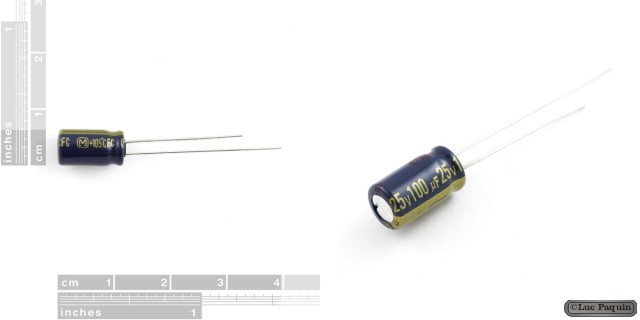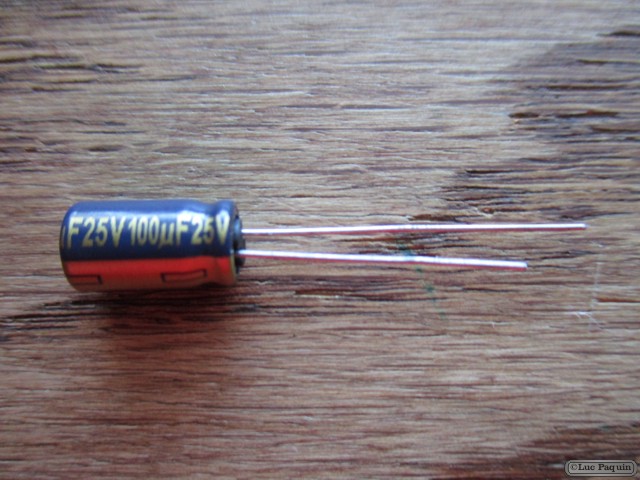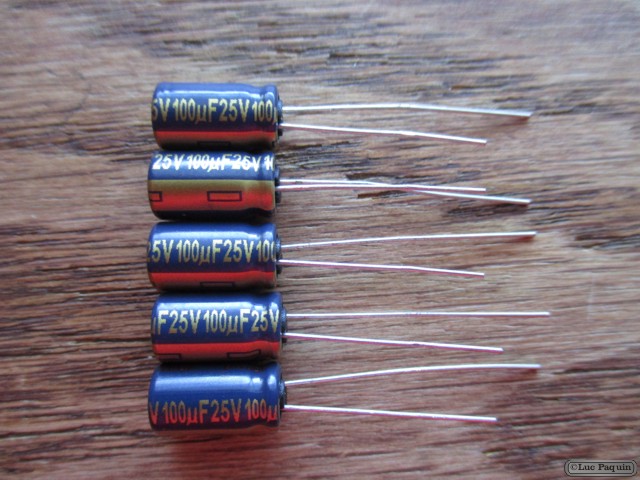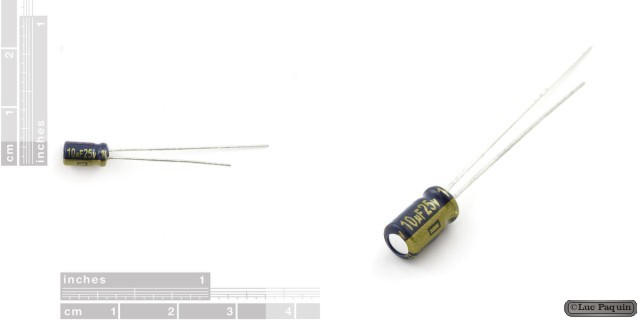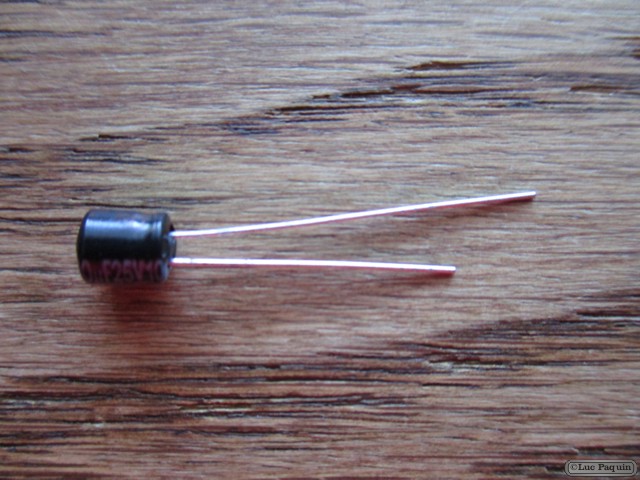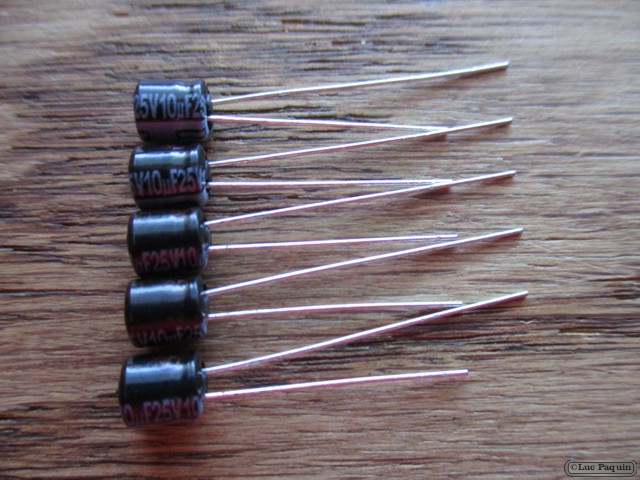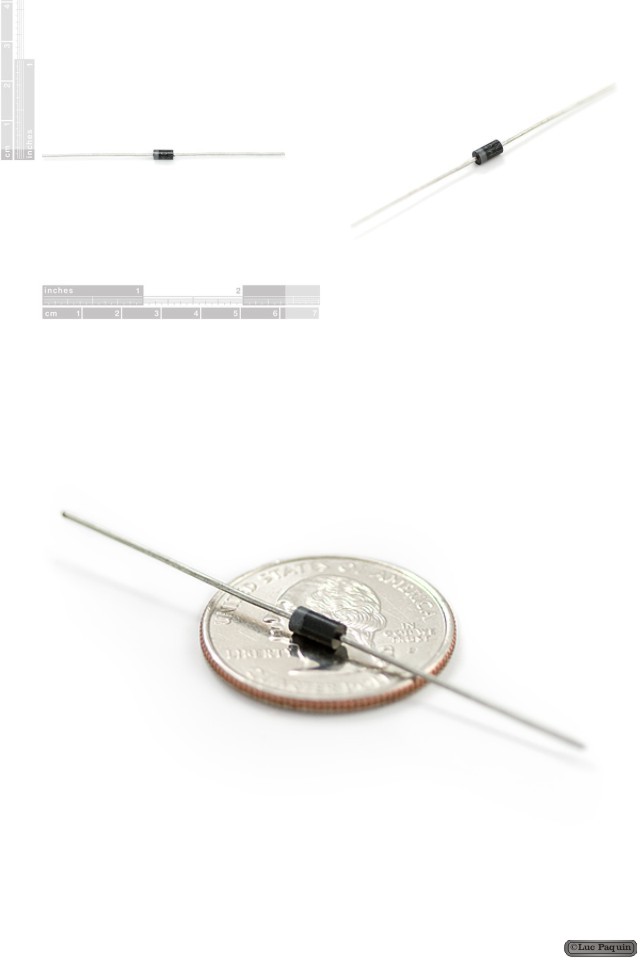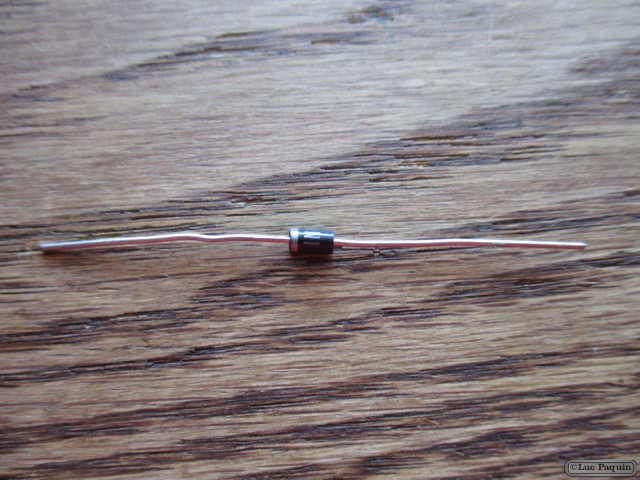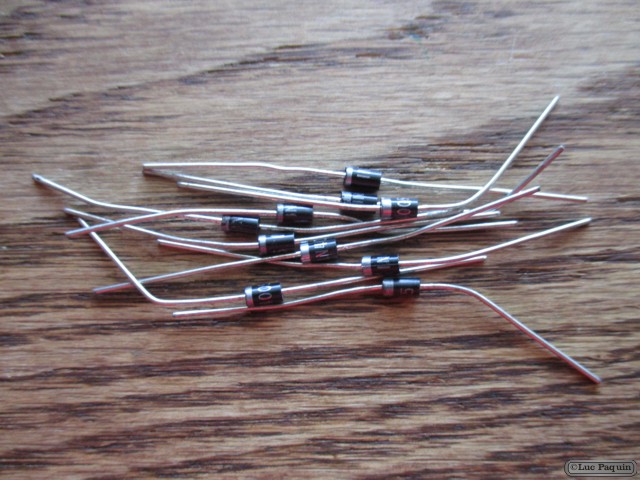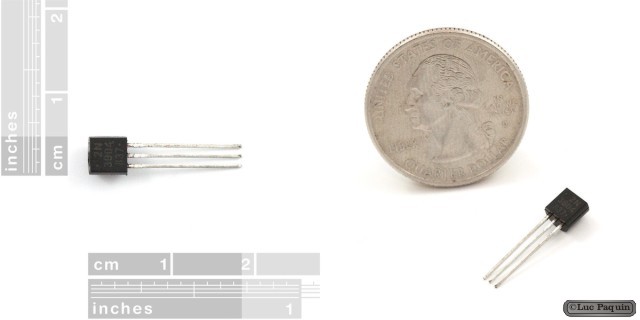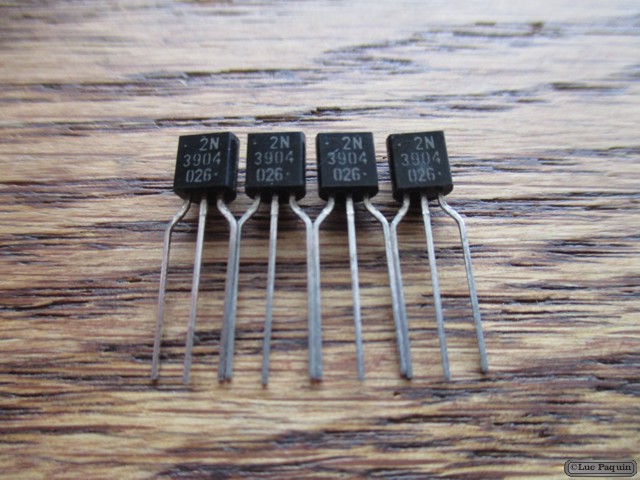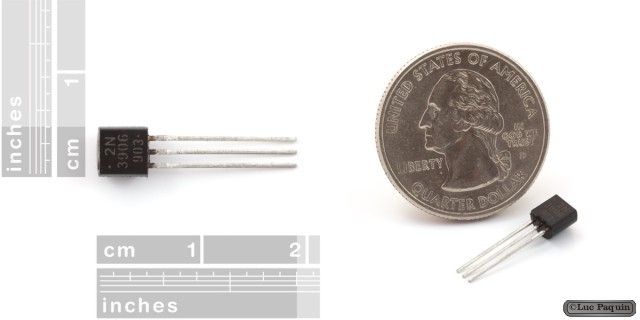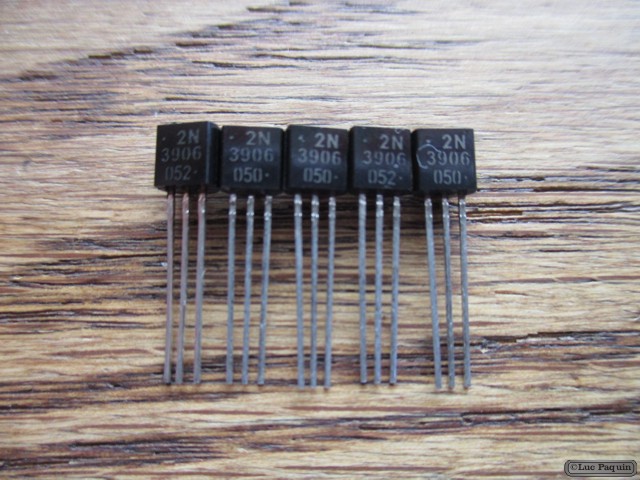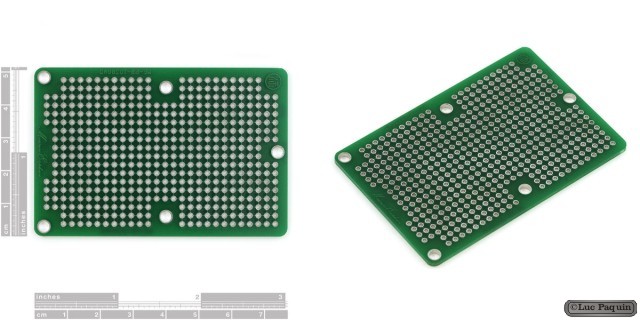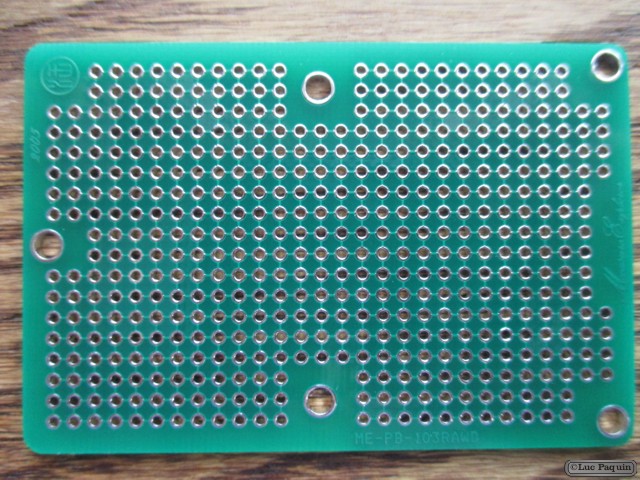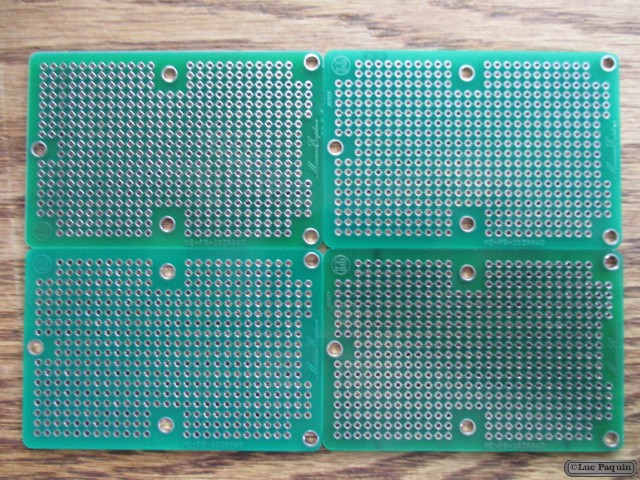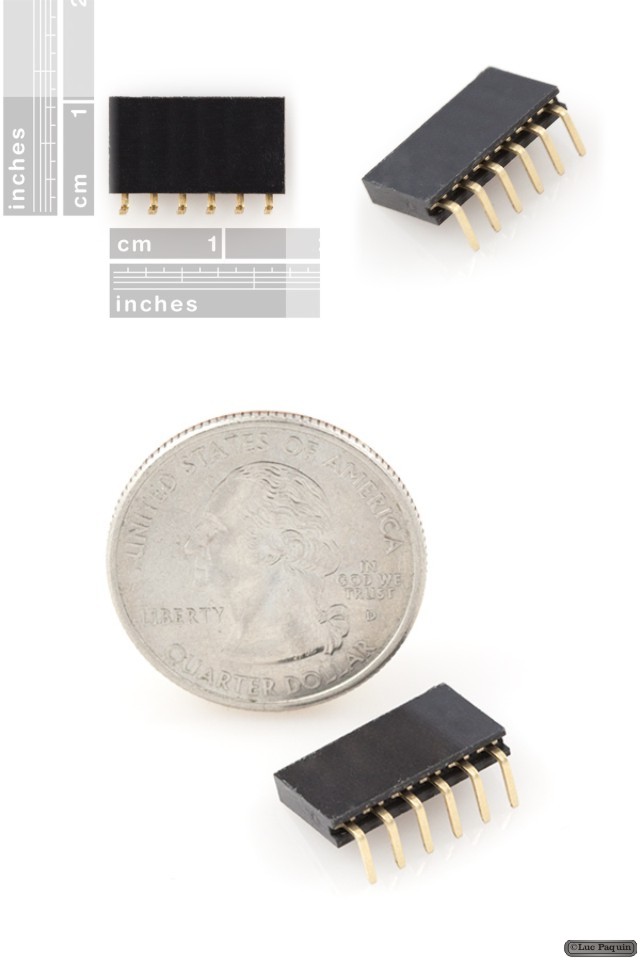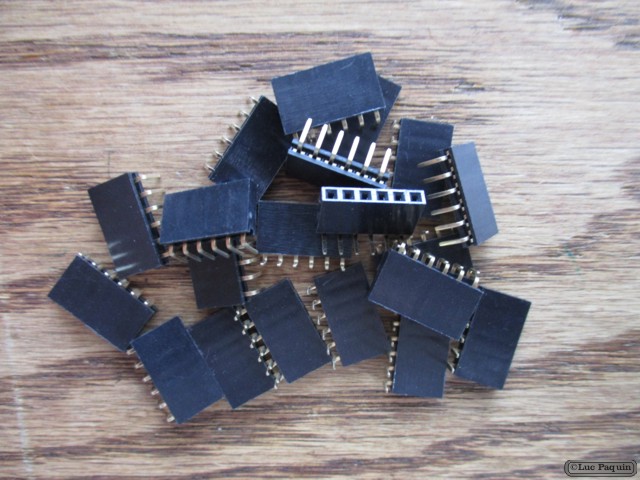SparkFun – Voltage Regulator – 5V
SparkFun: COM-00107
Description: This is the basic L7805 voltage regulator, a three-terminal positive regulator with a 5V fixed output voltage. This fixed regulator provides a local regulation, internal current limiting, thermal shut-down control, and safe area protection for your project. Each one of these voltage regulators can output a max current of 1.5A.
Features:
- Output Voltage: 5V
- Output Current: 1.5A
- Thermal Overload Protection
- Short Circuit Protection
- Output Transition SOA Protection
Don Luc
SparkFun – Voltage Regulator – Adjustable
SparkFun: COM-00527
Description: This is the LM317TG voltage regulator, a three-terminal positive regulator with a 1.2V to 37V adjustable output voltage. This adjustable regulator provides a local regulation, internal current limiting, thermal shut-down control, and safe area protection for your project. Did we mention that this guy is easy to use? It only requires two external resistors to set the output voltage. Each one of these voltage regulators can output a max current of 1.5A.
Features:
- Output Voltage: 1.2V – 37V Adjustable
- Output Current: 1.5A
- Thermal Overload Protection
- Short Circuit Protection
- Output Transistor Safe
- Floating Operation for High Voltage Applications
Don Luc
Steren – Phenolic plate 7.5 x 4.5 cm for projects
SparkFun – Electrolytic Decoupling Capacitors – 100uF/25V
SparkFun – Electrolytic Decoupling Capacitors – 10uF/25V
SparkFun – Diode Rectifier – 1A 50V
SparkFun – Transistor – NPN (2N3904)
SparkFun – Transistor – PNP (2N3906)
SparkFun – ProtoBoard – Rectangle Wired 3″
SparkFun: PRT-08812
Description: This is a different kind of perf board. 3″ long and 2″ wide, the holes are plated through and PCB is double sided like you would expect. All holes are routed together on both sides. The really neat thing about this board is every pad has a 20mil width trace connecting to every other pad. Every pad is shorted together! This actually speeds up prototyping because instead of having to wire from one point to another, you simply cut the traces to isolate the route or pad you want to use. Your board will look a lot better and be more robust without lots of point to point wires to interfere. Standard 0.1″ spacing with a 4-40 (3mm) holes for mounting. Great for quickly prototyping stackable circuits.
Don Luc
